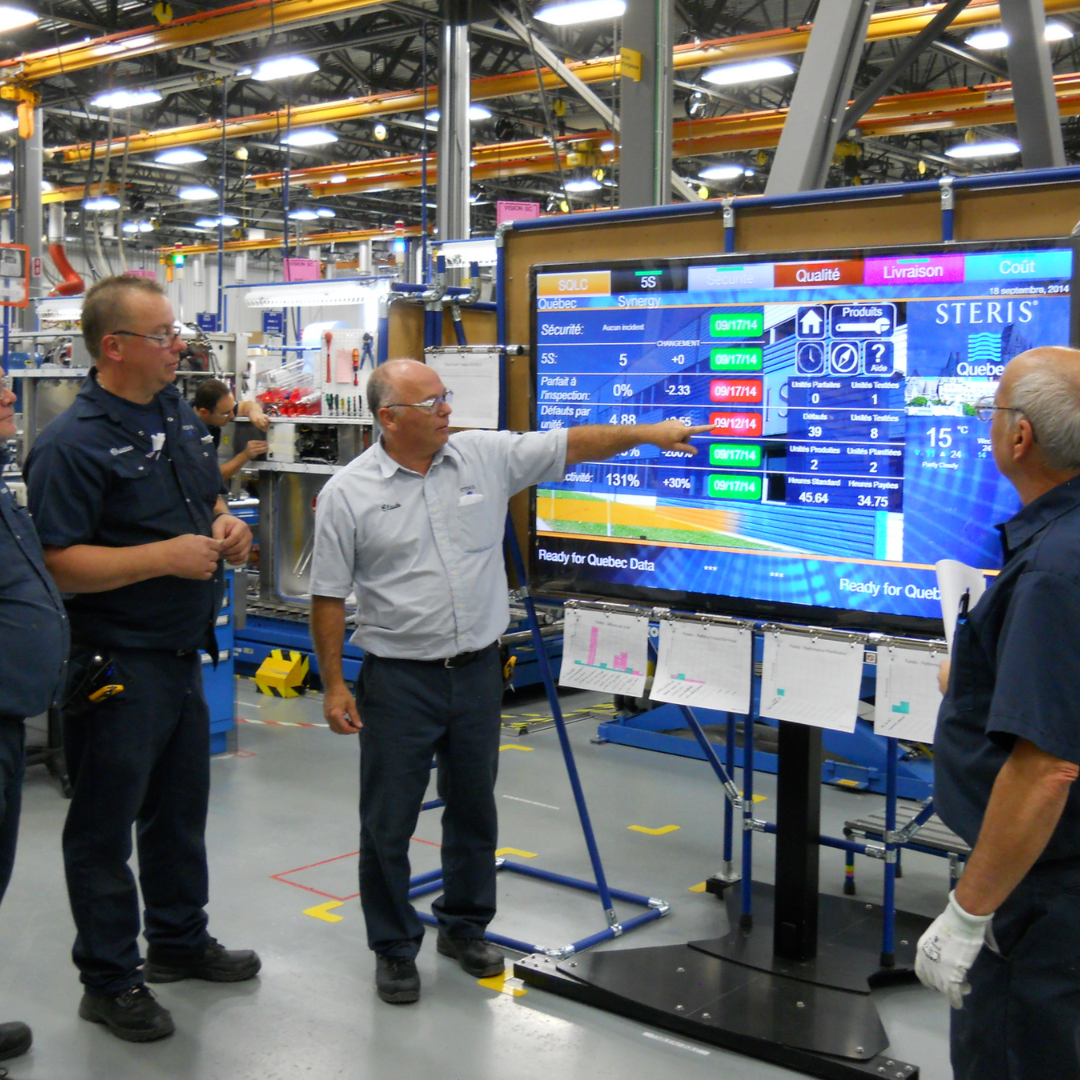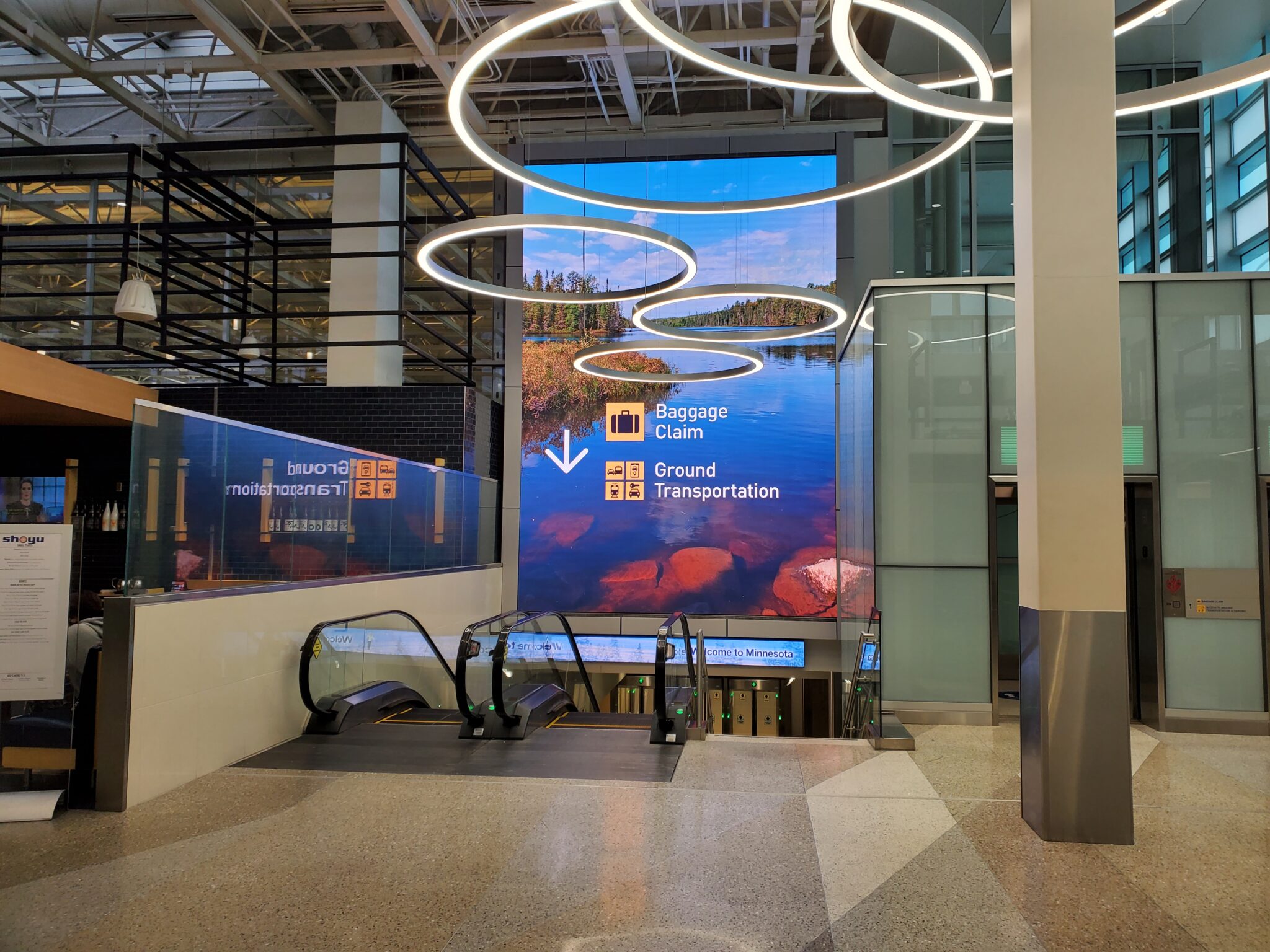Data visualization technology creates graphic representations of information to help users analyze trends, identify concerns and remediate issues. Visual elements like charts, graphs and dashboards highlight useful information, grab our attention and inform our decision-making processes. Let’s break down the top 5 benefits of data visualization:
Graphics are Easy to Understand
The human brain processes images 60,000 times faster than text, so we read, interpret and understand data faster in graphs than in spreadsheets. With data visualization, we combine the beauty of imagery with concise statistics to create useful graphical representations. Key stakeholders can consume metrics, pinpoint areas of concern and identify connections between operational tasks and results.
Data Tells a Story
Visual elements paired with a narrative deliver an analytical and emotional experience to the audience. Data presented in a graphic form creates a compelling narrative as users recognize trends, analyze patterns, discover new insights and monitor metrics. Data-driven storytelling is versatile because real-time information can be gathered and formatted for internal and external communication channels based on a targeted audience.
Visual Dashboards Encourage Engagement
Data visualization is a useful communication tool that brings employees and decision-makers together to quickly identify concerns and remediate issues. Interactive digital dashboards provide access to information in real-time, so stakeholders can group and analyze targeted data. Visual dashboards are reactive and can be customized to meet a team or department’s unique needs, which increases transparency, breaks down departmental silos and improves group collaboration.
Visualization Improves Remediation
Visualized data offers transparency and visibility into company processes, equipment and performance. Stakeholders can monitor dashboards in real-time, and programmed alerts can notify team members when an issue occurs. Access to organized information allows staff to take immediate action and begin the remediation process. Visualized data can identify errors and measure risk, which can help companies improve and streamline processes and limit incident downtime.
Meaningful KPIs Boost Productivity and Sales
Companies no longer have to wait for data to be collected and analyzed on a weekly or monthly interval. Data visualization allows you to tap into your business intelligence, so you can efficiently make informed decisions, improve processes and remediate issues.





